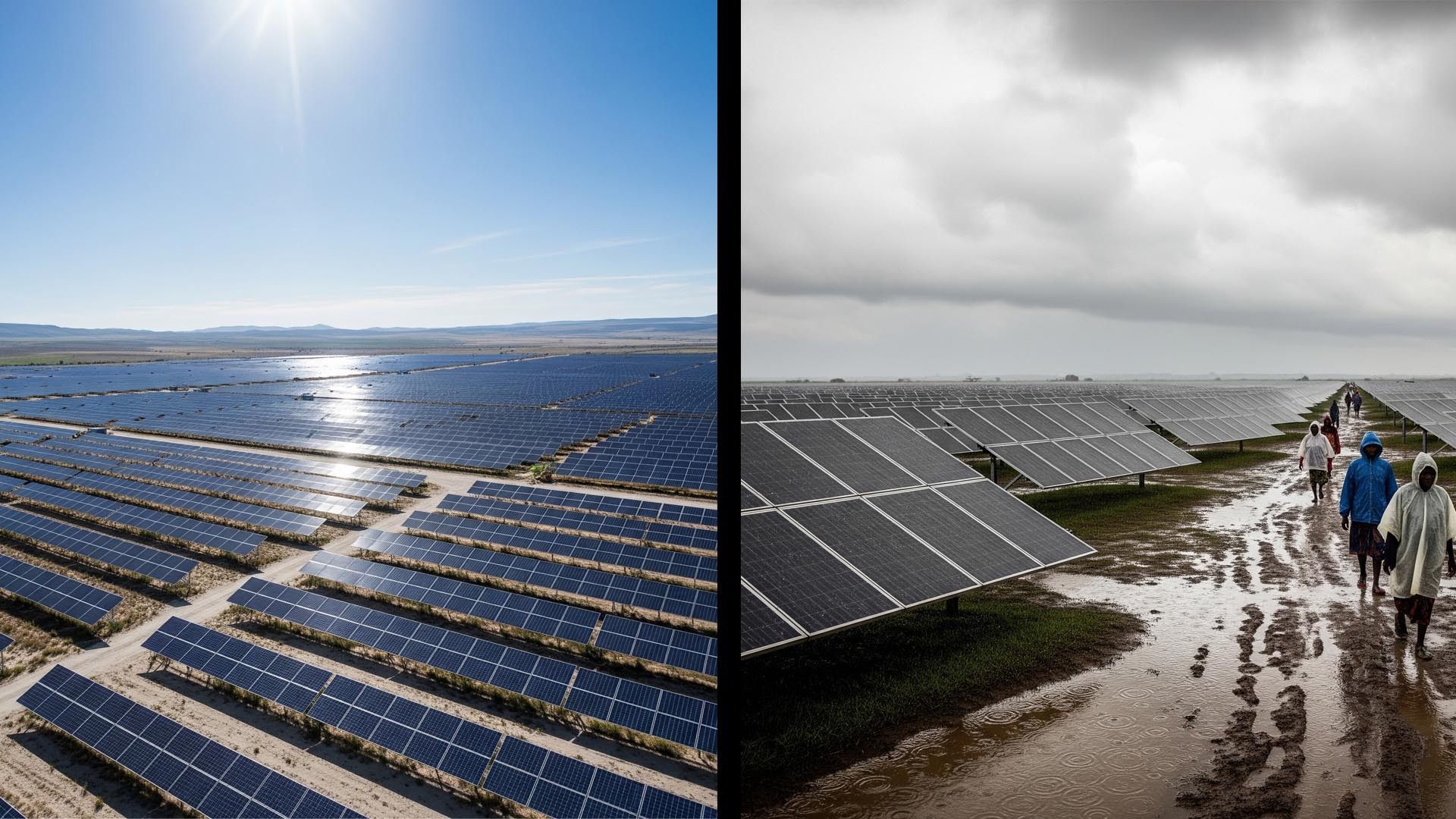
Our Insights
Beyond the Blueprint
Why Your Tech Project Needs an On-the-Ground Partner
The success of a technology project hinges on more than just a brilliant blueprint. In today's global landscape, a common misconception is that a solid plan, developed from a remote office, will guarantee success anywhere in the world. However, especially in developing markets, this approach often leads to costly failures. The truth is, your tech project needs an on-the-ground partner—a firm that lives and breathes the local reality.
A blueprint, no matter how detailed, cannot account for the unforeseen complexities of a new environment. An on-the-ground partner goes beyond the blueprint by identifying and mitigating risks that are invisible from afar. They understand the nuances of local culture, navigate intricate regulatory landscapes, and have the established relationships necessary to build a reliable supply chain. This local presence transforms a theoretical plan into a practical, workable solution.
Moreover, a local partner ensures the solution is not only implemented but also adopted. They work with your local teams, bridging communication gaps and providing training that is culturally sensitive and effective. This hands-on approach builds confidence and ownership among the end-users, which is critical for long-term sustainability.
In essence, an on-the-ground partner is your eyes, ears, and hands in the field. They turn high-level strategy into tangible progress, ensuring that your investment delivers real, measurable results. Choosing a partner with deep local expertise isn't just a recommendation—it's a requirement for success. It's the difference between a project that looks good on paper and one that truly works in the real world.





On papare vs Reality
The Hidden Costs of Global Solutions
What Consultants Miss in Emerging Markets
Consulting firms from developed nations often arrive in emerging markets armed with a wealth of knowledge and a track record of success. Their global solutions, which thrive in stable, well-resourced environments, are presented as universal answers. Yet, what looks like a simple, elegant solution on a PowerPoint slide can quickly turn into a financial quagmire. The problem isn’t the plan itself, but the hidden costs that go unnoticed by firms without boots on the ground.
One of the most significant hidden costs is infrastructure inadequacy. A solution that relies on high-speed internet or a stable power grid will fail where these resources are inconsistent. A global firm might recommend a cloud-based system without understanding that frequent outages will render it useless, forcing the client to invest in expensive generators or offline solutions.
Another major oversight is the human factor. Global consultants may assume a skilled workforce is readily available and familiar with complex technologies. They miss the cost of extensive, long-term training and the cultural resistance to new workflows. Projects can stall for months as local teams struggle to adapt, leading to delays and unexpected expenses for specialized trainers.
Finally, there are the supply chain complexities. A firm might specify hardware components that are easily sourced in Europe but are subject to exorbitant import duties, lengthy customs delays, or are simply unavailable in the local market.
These hidden costs can quickly inflate project budgets and derail timelines, leaving clients with a half-implemented solution and a significant financial burden. A true expert in emerging markets understands that the real value lies not in a one-size-fits-all global solution, but in the ability to foresee and navigate the unique challenges of the local environment.





PLAN ACCORDING TO REALITY
From Concept to Cents
How a Smart Factory Reached Maximum Efficiency
The dream of a "smart factory" is often associated with high-tech, developed nations. But what happens when that vision is brought to a developing country, where resources are scarce and logistics are complex? One investor discovered that the true measure of a solution's intelligence isn't its price tag, but its ability to adapt and generate tangible value from every part of the operation.
The client's initial goal was simple: to build a new factory. The standard blueprint called for a traditional manufacturing process, but ZION's on-site team saw a significant, overlooked opportunity. They noticed that a considerable amount of "waste"—byproducts of the production line—was being discarded. To the investor, this was an acceptable loss; to ZION, it was untapped profit.
We recommended a bold, two-phase approach. The first phase was to build the factory according to the original plan, ensuring it was operational and efficient. The second phase, however, was where the real value was created. We proposed adding new departments dedicated to processing and utilizing this waste. This meant implementing additional machinery and workflows to turn what was once a liability into a new product line.
By integrating this system, we did more than just build a factory; we created a circular economy within the plant itself. The new departments not only generated revenue from materials that were previously thrown away but also minimized the environmental footprint of the operation. The result was a factory that was not only technologically advanced but also far more profitable and sustainable than the original design. This case demonstrates that the smartest solutions aren’t about expensive technology—they're about innovative thinking that turns every challenge into an opportunity.




ZIonCorp |All Right Reserved
